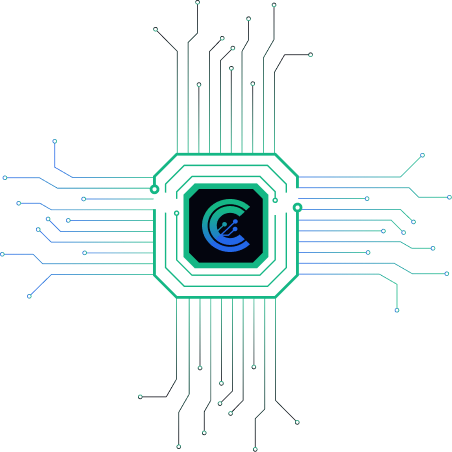
Openverse mainnet parameters
-
TPS: 300K+
Inheriting several high-performance network codes, Openverse achieved a TPS breakthrough of 300,000.
-
Blockcycle: 0.38s
Based on the DPOS+POH consensus mechanism, a single block is achieved in 380 milliseconds, allowing applications to have a Web2-level experience.
-
Single block confirmation
This means that any transaction can be confirmed within 1 second. Combined with high TPS, we can accept ultra-large-scale application access.
-
Gas: 0.000005 BTG/tx
Almost negligible gas fees and ultra-high TPS enable low-threshold use by users around the world.


Openverse features
-
Value Transfer Protocol, VTP
we propose the VTP standard — Value Transfer Protocol. In the future, this will enable an explicit value transfer protocol system.
-
Open Name Service, ONS
This service will make it easier for users of the value-based Internet to identify and interact with the blockchain network.
-
Unified Identification, UID
Universe Identification (UID) is the account standard for IBC-enabled worlds.
-
Inter-Blockchain Communication, IBC
IBC protocol is an interoperability framework designed for transmitting arbitrary data between any state machines.



















